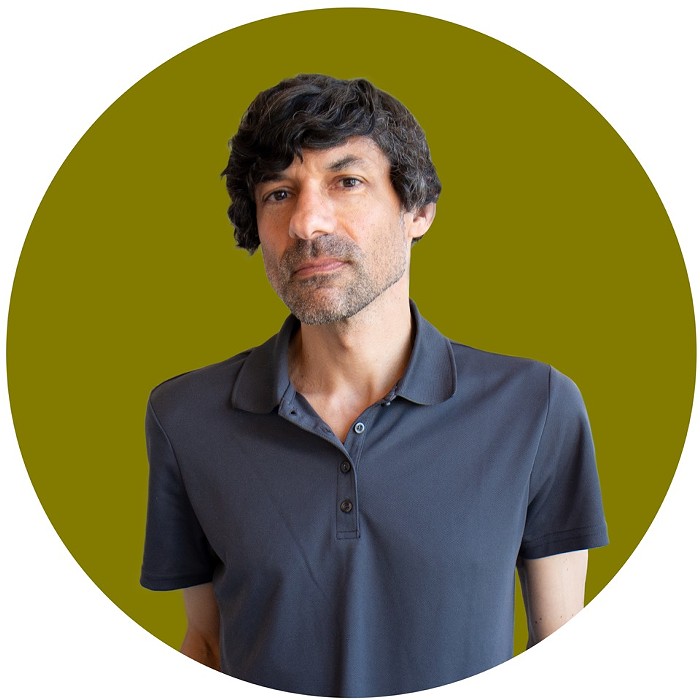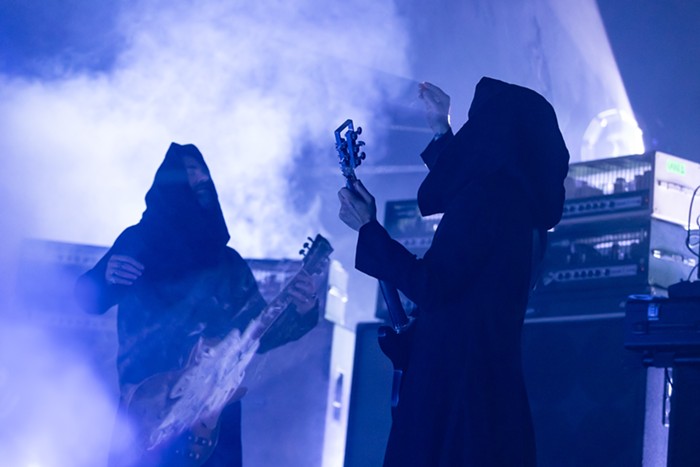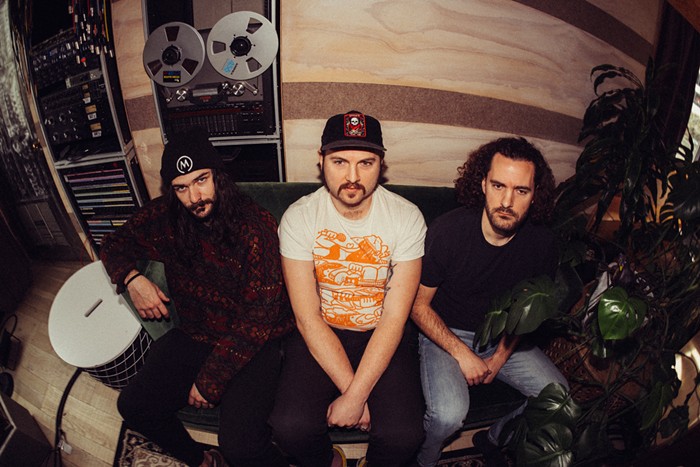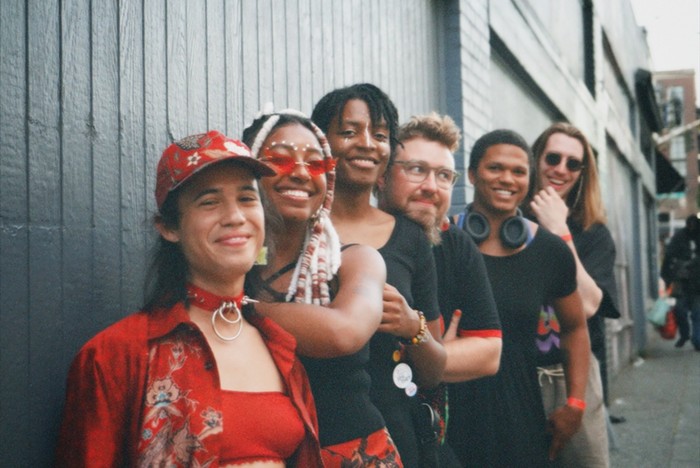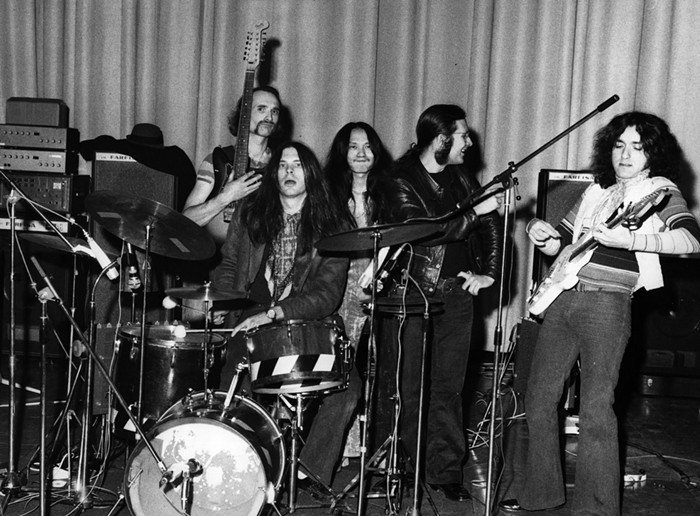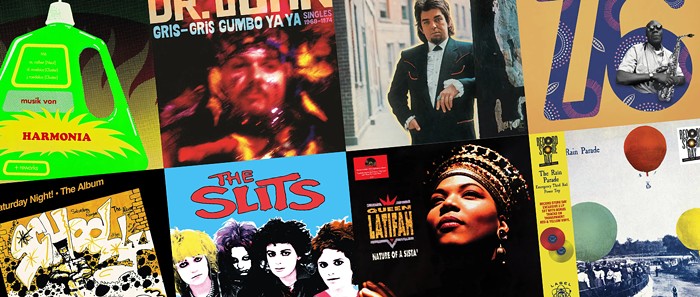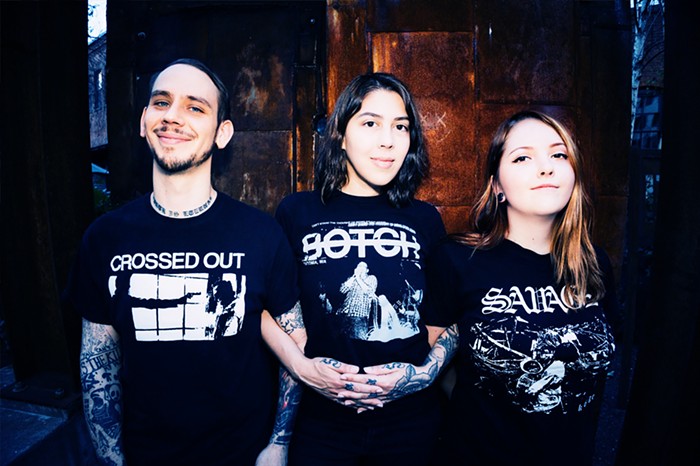Oddly, this upcoming show is French synthesizer savant Jean-Michel Jarre's first performance in Seattle. It's hard to believe that someone of his stature and global popularity (he has played to millions of people and sold millions of records) hasn't laid out his laser harp and banks of synths in our city. But now that the 69-year-old icon of grandiose electronic music is playing Coachella in April, it made sense for him to squeeze in some other West Coast dates.
The son of renowned film composer Maurice Jarre (Doctor Zhivago, Lawrence of Arabia), Jean-Michel has outstripped his père in both sales and name recognition. The son's breakthrough occurred with 1976's Oxygène, an elegant, expansive opus that was the Rumours or Thriller of the synth-geek universe. It's an essential part of any ambient-music lover's collection, and its influence can be heard in acts like the Orb, Air, and Jonas Reinhardt.
In 1960s Paris, Jarre was studying classical music and playing in rock bands as the students' revolution roiled outside his conservatoire and rehearsal rooms. Then he discovered revered avant-garde collective Groupe de Recherches Musicales, with whom he immersed himself in electroacoustic and electronic music. Jarre traded in his guitar for a synthesizer, a decision that set him on course to become an electronic-music influencer—and a very rich man.
But before that, Jarre said in a phone interview, "we were all looking for anything to rebel against." He thought playing electronic music was "an ideal way to rebel against the establishment of classical music and the establishment of rock. But more seriously, I was really attracted by these people. For the first time, approaching music not in terms of notes based on solfeggio but in terms of sounds and noises. We decided that you could go outside and record the sound of the rain, or the wind, or the streets, and with these noises make music. And I was convinced that would be the music of the future."
In his early forays into electronic music, Jarre strove to achieve an organic approach to sound that opposed "the preconceived idea that lots of people have and had at that moment that electronic music could be cold and robotic. For me it was the reverse, and it's always been very organic, like cooking. Cooking sequences, loops, beats, waveform in a rather sensual way, an organic way."
A key component of Jarre's spectacular live shows is the laser harp, an electronic-musical interface invented by Bernard Szajner, with which musicians can generate majestic, harp-like sounds by palming the laser beams projecting out of it. He'll be bringing it with him on this tour.
In Jarre's recent works, there is the sense that he's trying hard to remain "relevant" by collaborating with other musicians, not unlike fellow European electronic icon Giorgio Moroder. It's an unsound strategy, although there are some interesting results scattered throughout records like the two volumes of Electronica. Nevertheless, with such a vast, rich catalog, Jarre surely can still satisfy fans of every phase of his long, eventful career. Prepare for your senses to work overtime.

